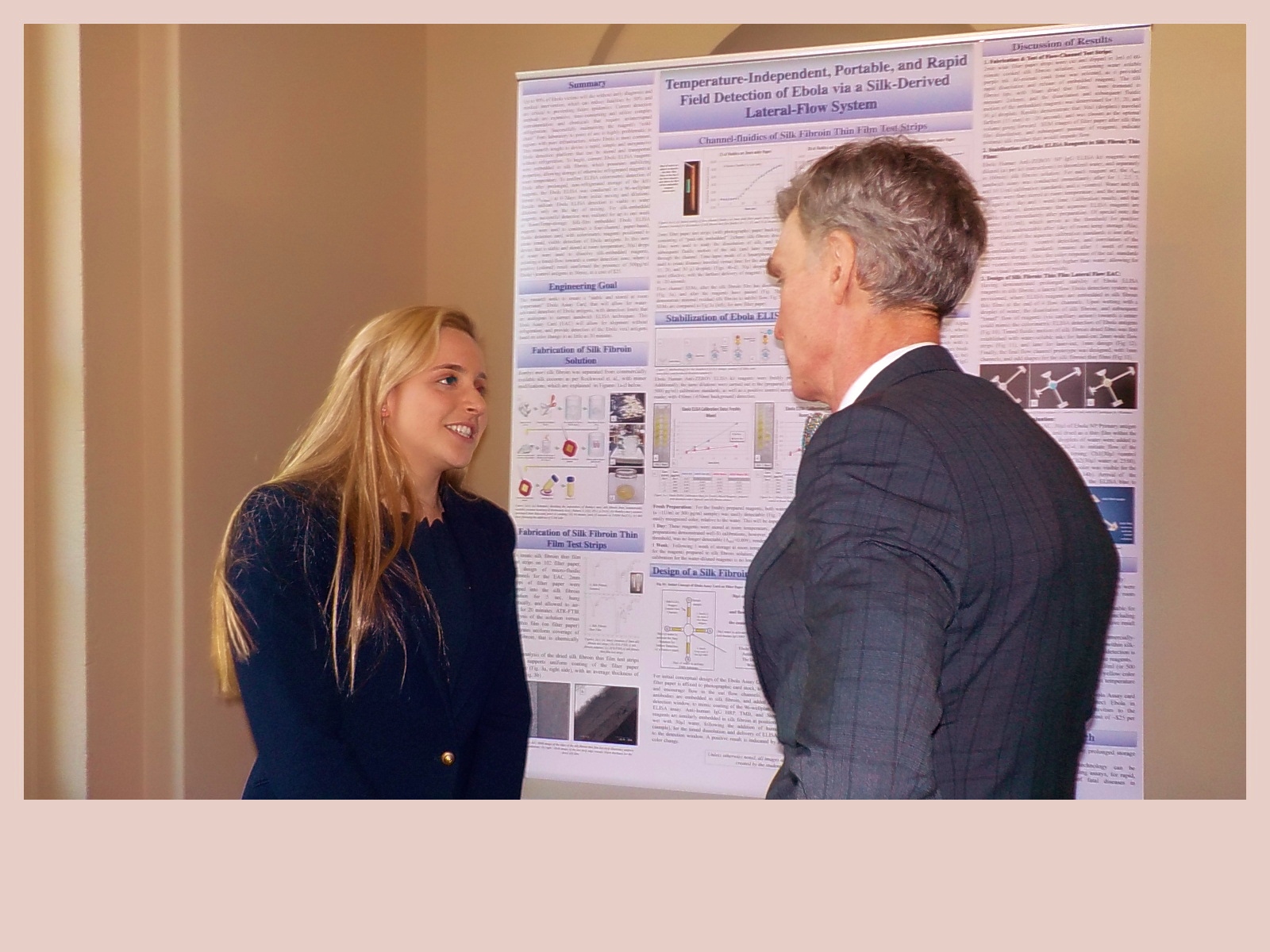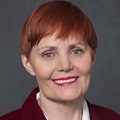More Women Scientists Needed, Obama Demands
This article was originally published in Scrip
President Barack Obama on April 13 called for ensuring there's more opportunities for women in the fields of science, technology, engineering and math (STEM).
"We're not going to succeed if we've got half the team on the bench – especially when it's the smarter half of the team," Obama declared from the East Room of the White House, where he was surrounded at his annual science fair by more than 130 budding young scientists, innovators and entrepreneurs.
The president said he's been pleased to see the numbers on the rise of young women who've gotten more involved in STEM and the nation's science fairs.
"Our diversity is our strength and we've got to leverage all of our talent in order to make ourselves as creative and solve as many problems as we can," he said.
Obama has made science a centerpiece of his administration – declaring it's "always been the hallmark of American progress."
"It's the key to our economic success. I can't think of a more exciting time for American science than right now, because we are busy reigniting that spirit of innovation to meet so many challenges," the president said, emphasizing the ongoing work at the National Institutes of Health (NIH) on his Precision Medicine and BRAIN initiatives.
Obama said some of the best moments he's had as president have involved science and his annual White House fair, where's he's been able to show off some of the brightest young minds and the "unbelievable ingenuity and passion and curiosity and brain power of America's next generation and all the cool things that they do."
Obama noted that several of the emerging scientists at the White House on April 13 already are involved in pursuing and making biomedical discoveries well beyond their years.
Among those was 15-year-old Nia Clements, who has been pursuing a treatment for gastric cancer based on Santalum album, or sandalwood, tree oil, known as EISO.
She's been working on an encapsulation for the oil and determining whether it would be degraded in stomach acid and has studied the effects of EISO on the transmembrane ion channels of the gastric cancer cells to figure out the method by which the oil kills or inhibits them.
Another student also working in the cancer area was Neil Davey, who was among the winners of the International BioGENEius Challenge project awarded at the BIO International Conference for a cancer diagnostic test he developed, which uses a combination of drop-based microfluidics and polymerase chain reaction to detect circulating tumor cell genes, which he said are shed by tumors and enter the blood stream.
Davey, who told Scrip he was among the students who got to sit down with Vice President Joe Biden to discuss the White House Cancer Moon Shot initiative, explained that his test provides the genomic details of the cancer, giving the treating doctor insights into the patients' cancer that can enable for more-targeted precision medicine treatments.
Also featured among the young scientists' projects at the White House was the rapid Ebola test developed by 17-year-old Olivia Hallisey, who Obama noted had swept the 2015 Google Science Fair this past fall – garnering her a $50,000 educational scholarship.

Olivia Hallisey explains the rapid Ebola test she developed to Bill Nye The Science Guy at the 2016 White House Science Fair on April 13
Photo by Donna Young
Hallisey told Scrip she designed her silk-containing assay card to be a temperature-independent, rapid, portable and inexpensive diagnostic to detect Ebola.
American astronaut Cady Coleman, who spent 159 days on board the International Space Station in 2011, where she conducted research into bone loss and osteoporosis, told Scrip she was particularly impressed with the young biomedical researchers – declaring she was especially glad to see so many young women among the crowd and their importance for the future of women in science.
